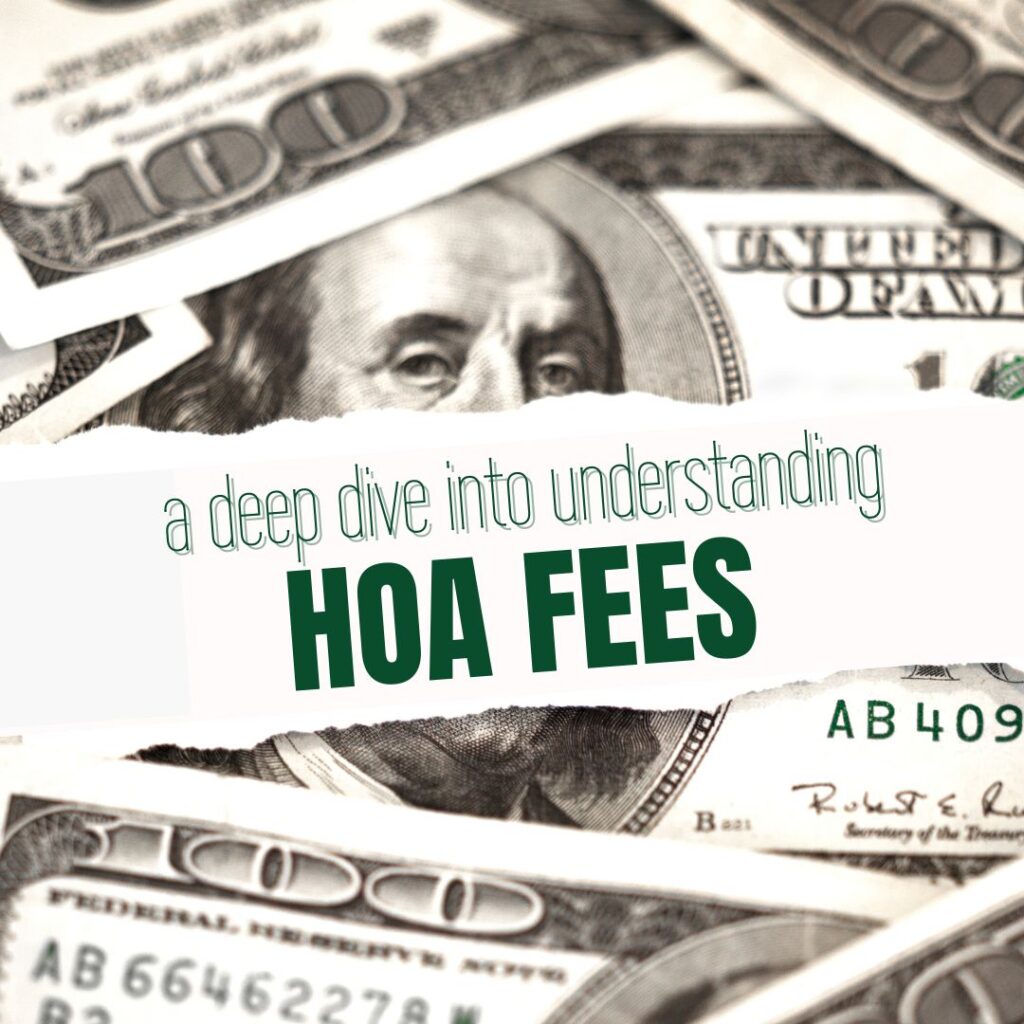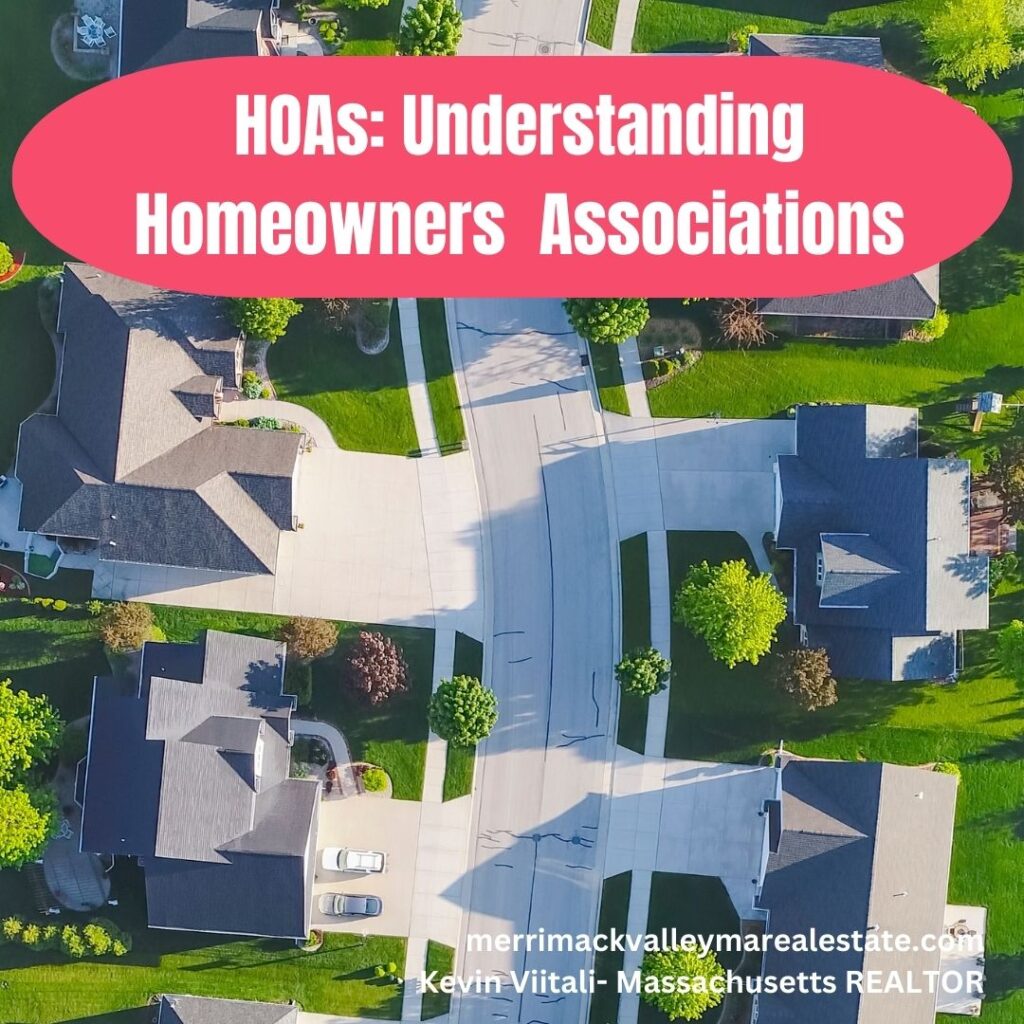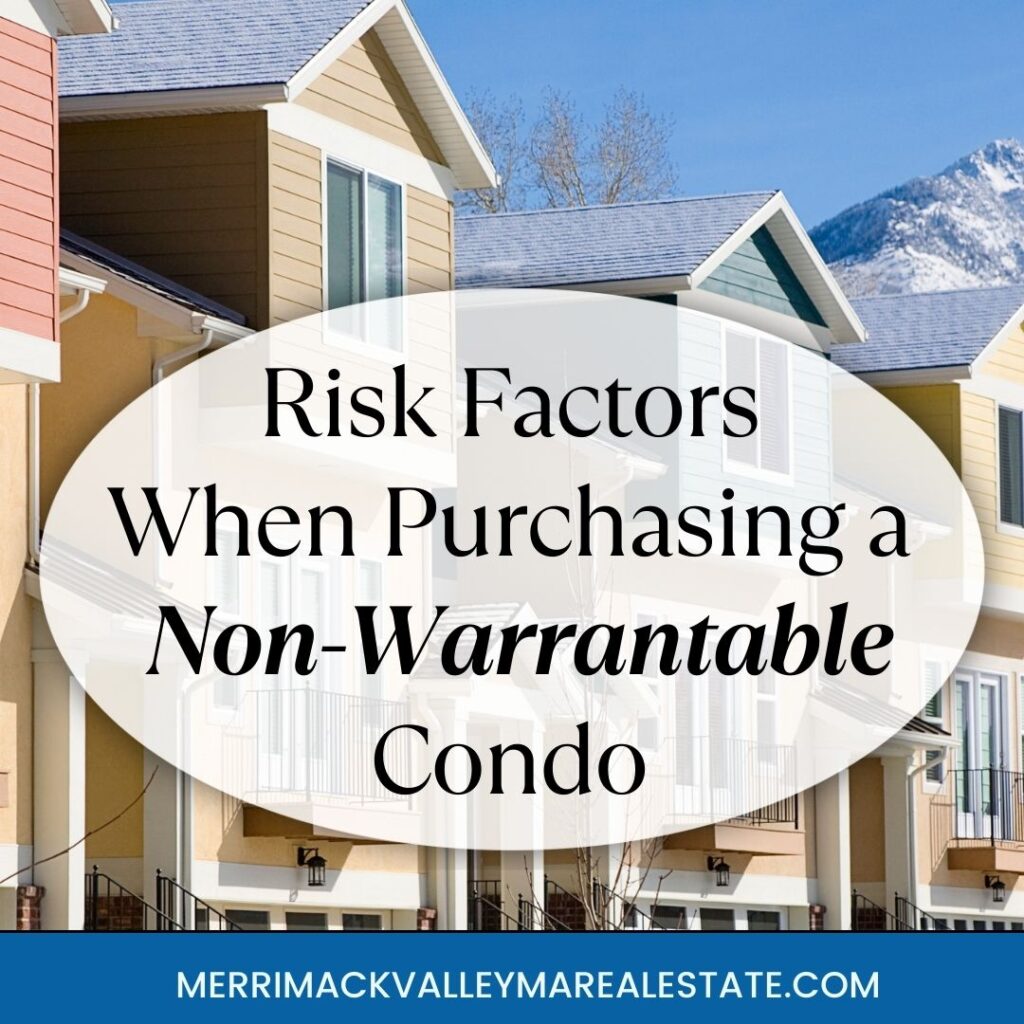A question just cam up on Trulia… What does lower owner occupancy mean and why would a 20% requirement down be needed?
What is owner occupancy ratio?
The owner occupancy ratio is a term you see when purchasing a condominium. Most lenders require a homeowners questionnaire to be filled out asking many questions about the entire condominium project before lending on a condominium. The owner occupancy ratio is the percentage of the units that are occupied by the owner versus the percentage owned by investors and occupied by lenders. So if there are a 100 units in a complex and there are 89 units that are occupied by the actual owner and 11 occupied by renters the owner occupancy ratio or percentage is 89%.
Why is the lender concerned with owner occupancy ratio?
Traditionally investor owned properties have a higher rate of default on the mortgages as well as renters typically do not maintain a home as well as a homeowner would. Also investors are in the business to make money, they want to spend only what they have to, the bottom line is their most important goal. What the bank is trying to determine is the overall financial health of the condominium association. Obviously with more foreclosures that means condo fees and assessments go unpaid. Also heavily investor owned projects tend to get run down as investors again only want to spend what they have to to get by.
Knowing this many banks have criteria of what percentage can be investor owned for them to lend on a condominium unit. The Mass Housing Finance agency has a guideline of 50% and some loan programs require larger down payments as the percentage goes below 80%. Also banks will not lend on condominiums when one person owns more than 10% of the units in a project. Dont forget each unit has a percentage vote.
As a buyer should I be concerned about owner occupancy ratio?
Absolutely, just for the reason laid out above. Remember the harder it is to finance a unit the smaller the buying pool becomes making your unit less saleable. There becomes a point where lenders won’t lend because of the high investor ratio. You do not want to be stuck in that. There are situations where a complex will become heavily investor owned to the point where no lender will lend on a unit. This makes any unit owner that wants to sell at the mercy of what the investors will pay. I know of a complex right now where one investor is purposely driving down the price of units in a local complex. He keeps setting a new low. The lower the price of the units the more profit he makes. Rental prices seem to be on the rise. The investor is concerned about the monthly cash flow and not the resale return.
So things you should look at when buying a condo is:
- What is the percentage of owner occupied units?
- Is it trending up or down?
- What are the make up of the trustees? Investors or owners?
Personally when ever I see owner occupancy below 75 of 80%, I would caution my clients to move very cautiously and ask some good questions. Hope this helps!!
_____________________________________________________________________________
This real estate post, Owner Occupancy When Buying a Condo, was provided by Kevin Vitali of EXIT Group One Real Estate. Check out the Massachusetts Condominium Buying Guide for more information on buying a Massachusetts Condo. If you w0uld like to be represented in the purchase or sale of a condominium email Kevin at kevin@kevinvitali.com or call 978-360-0422
Success is not a promise it’s a history!!
Servicing your real estate needs in Essex County and Northern Middlesex County including Amesbury, Andover, Billerica, Dracut, Groveland, Haverhill, Melrose, Methuen, Merrimac, Newburyport, North Andover, North Reading, Reading, Stoneham, Tewksbury, Wilmington and Wakefield and surrounding areas.




